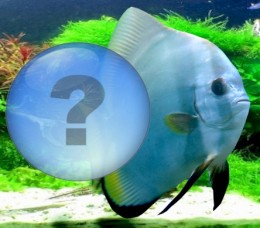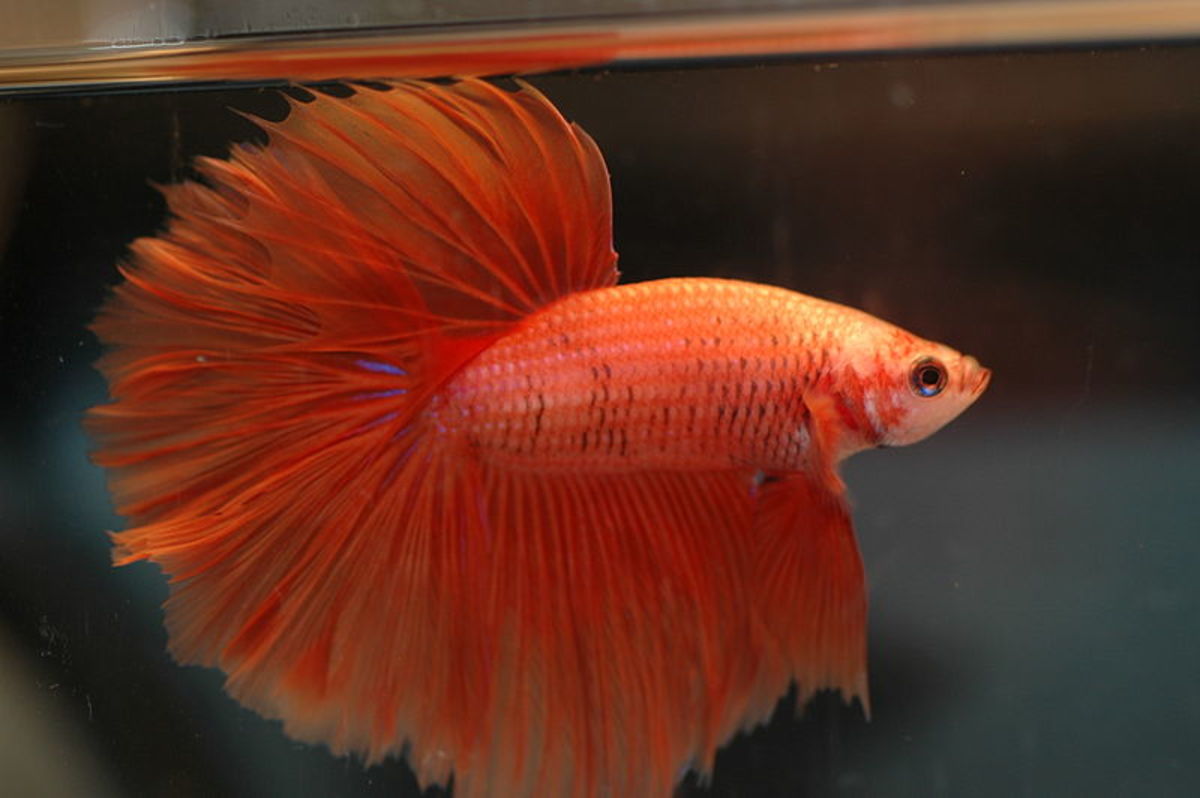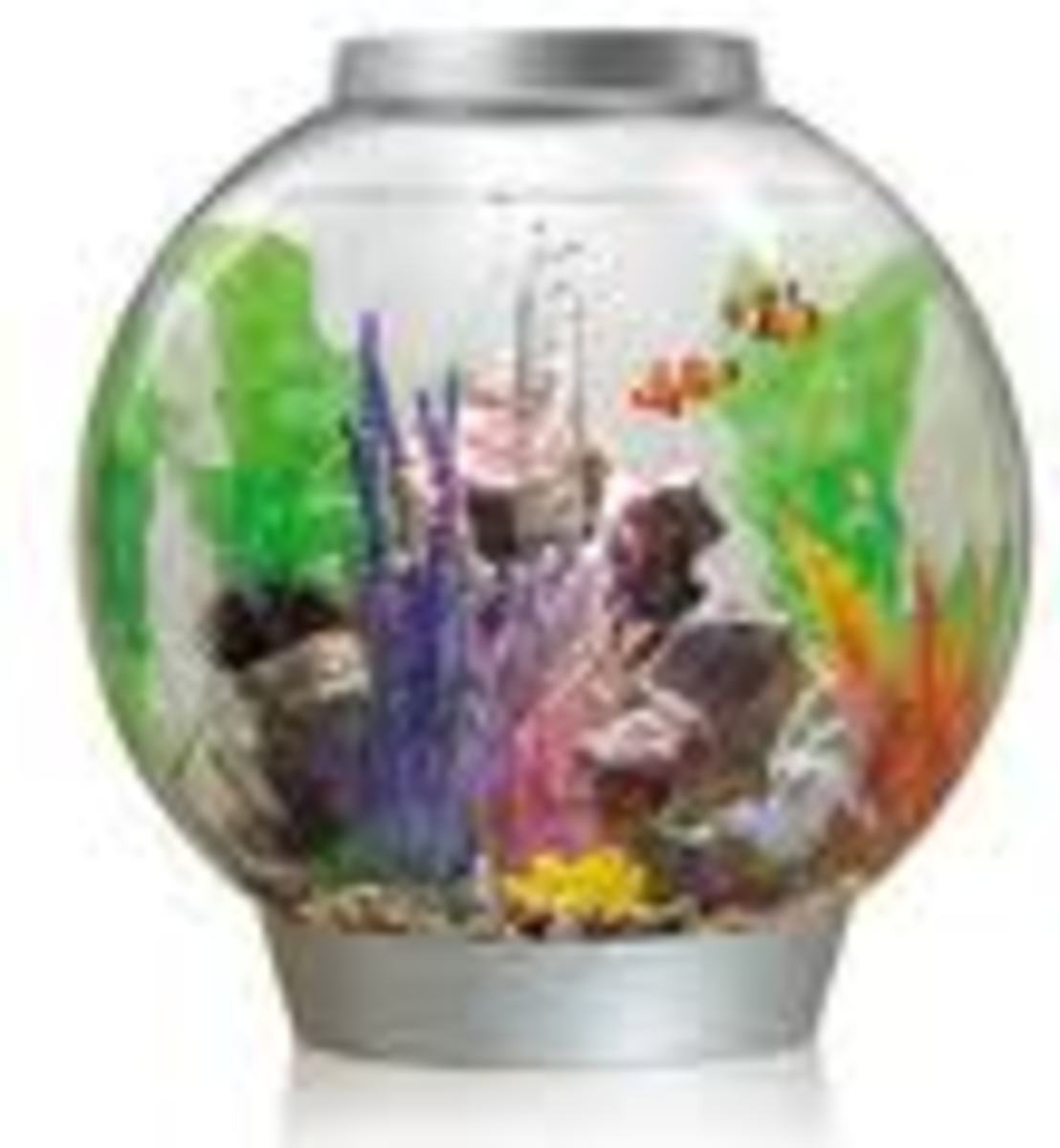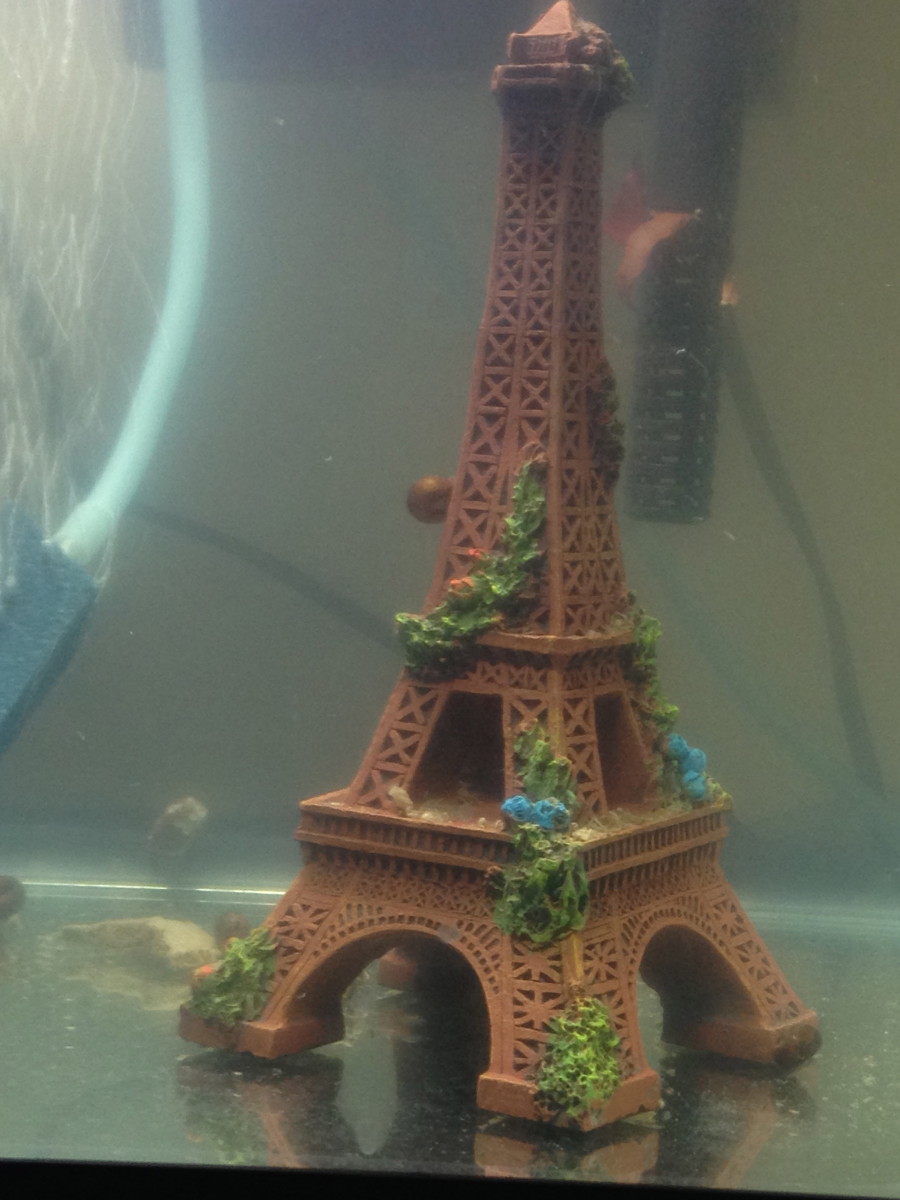Why Does My Fish Have Velvet?
Like the white spot disease, the velvet disease is caused by a protozoan. It is remarkable the similarities among the two organisms considering that they don't have a direct relationship (Velvet is a flagellate parasite whereas White Spot is a ciliate).
Both biological cycles have an infecting phase (state of growth) and a free phase (state of multiplication). The first symptoms are also similar. In advanced state the velvet disease is contagious and fatal.
The agent of the velvet disease is a protozoan of the Oodinium species, has a round oval shape or pear shaped. Through a kind of roots it adheres to the skin of the fish and feeds of alive organic matter.
The parasite secret enzymes that can partially dissolve tissues, appearing small nodules of whitish color (which makes this disease to be mistaken in its initial phase with the white spot disease).

The parasitosis begins in the gills, subsequently spread throughout the body of the fish.
The fish's immune system reacts against the parasite secreting mucus. The skin of the fish becomes opaque giving the velvet aspect that gives name to the disease.
The parasite completes the infecting phase feeding on the host fish, until it reaches maturity. At this time the parasite leave the fish and falls to the bottom of the aquarium to start the reproductive stage.
When leaving the fish, the parasite segregates a cellulose shell as protection. Inside the shell multiple divisions are produced.
Identify and Treat Health Problems such as White Spot, Velvet and Fin Rot in your tropical fish, saving on vet bills and headaches.
It can produce up to 256 flagellated spores (dinospores) that break the shell and swim until they find a new host fish to parasitize.
If the new parasites don't find a fish in a term from 24 at 36 hours, the dinospores dies. The life cycle is completed in ten to fourteen days at a temperature of 23 to 25 degrees.
The white spot disease and the velvet disease have similar symptoms, and the first manifestations on the body of the fish are also similar. Although the parasites are very different, both have a similar life cycle as well.
The difference between them lies in the consequences on the fish and the degree of aggressiveness. The velvet disease is much more devastating, and can eliminate the entire population of an aquarium.
To know how to detect it on time and how to treat it is essential to save the life of the fish.




